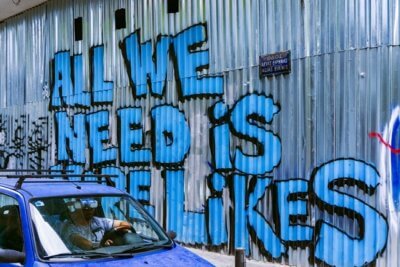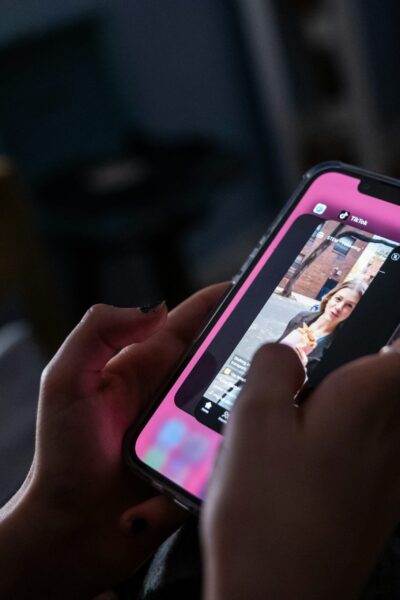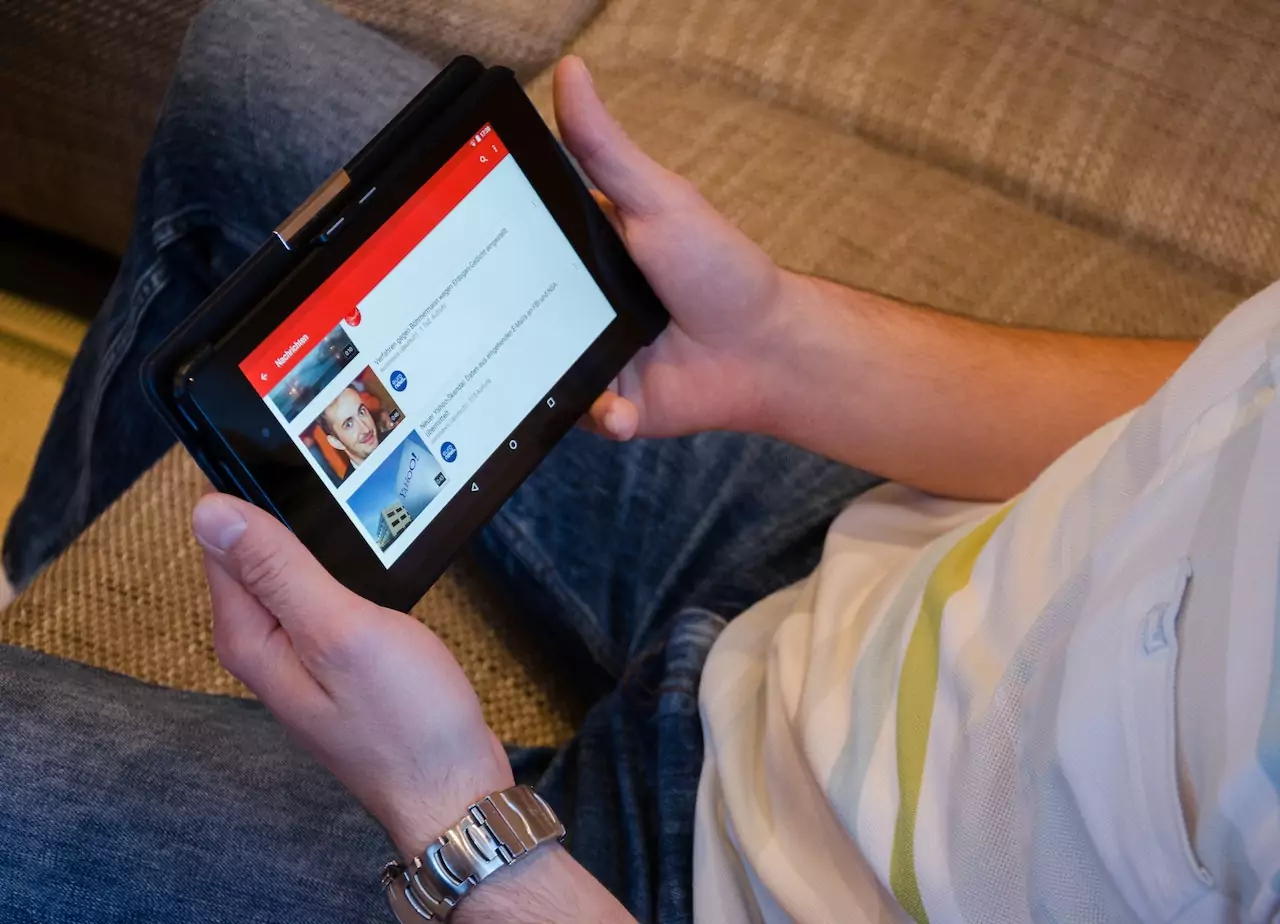Have you ever posted something on social media and then later checked to see how many “likes” you received? Have you ever clicked on a notification pushed to your smartphone from a social media platform? And do you feel a slight psychological rush before you check your social feed? You are not alone and there is a scientific explanation for this. Let’s first break down the social media numbers.
According to Pew Research Center in 2018, 69 percent of U.S. adults use social media, which jumps to 82 percent when drilling down to the 18- to 49-year-old demographic. With the widespread use of social media, more researchers are studying its use as well as the psychological effects of social media.
Some research has found social media can be habit-forming due in part to certain features adopted by social media platforms as well as some other neurological influences, such as the fear of missing out (FOMO). Yes, FOMO is real. Additionally, certain social media behaviors influence how we think and how we feel—we crave attention on social media thanks to a hormone called dopamine.
Dopamine is one of the brain’s neurotransmitters and the “feel-good” hormone that helps regulate emotional responses and other functions, such as motivation. Your brain releases dopamine when you experience pleasure. People want to release dopamine; the dark side of the hormone helps explain why people become addicted to drugs and even social media.
Social media “likes” and notifications are two ways that engage your brain on social media platforms. Research has found that “likes” are “social rewards” and providing “likes” to others activates regions of the brain. This positive feedback from others shares qualities with monetary and social rewards users may receive offline, such as the positive feeling a person has when they donate to charities. This feedback shapes reinforcement learning, meaning when you receive a positive outcome, it encourages a person to seek that outcome again. Scholars have also found that being “liked” on social media by the opposite gender activated the reward-associated parts of the brain.
Two researchers from the University of Michigan Kent Berridge and Terry Robertson developed a theory, the “Incentive Sensitization Theory of Addiction” that has been applied to social media. Rewards are both “liked” and “wanted,” and the brain helps to mediate these two processes. This process creates a dopamine loop between the two. Psychological “wanting” helps create addiction and seekers may never feel fully satisfied.
Dr. Susan Weinschenk in a Psychology Today article refers to this as the “scrolling dopamine loop.” “When you bring up the feed on one of your favorite apps the dopamine loop has become engaged,” said Dr. Weinschenk. “With every photo you scroll through, headline you read, or link you go to you are feeding the loop which just makes you want more.”
Based on this area of research, Instagram may be testing different features of its platform, according to a Fast Company article by Melissa Locker. The photo-sharing site is currently testing a new feature that only allows the person who shared a post to see the total number of “likes” that it receives. Locker believes the feature may be due to research about how the craving of “likes” can be deleterious to mental health.
But other platforms are taking advantages of research in neuroscience to increase social media use and encourage people to return, using some of the same principles casinos use to entice repeat gamblers. The platforms are doing this through the dopamine-scrolling loop and encouraging people to return to the site to check out what their friends are doing as well as through updates and push notifications. However, research about this topic is still fairly new and much more research needs to be done. What actions social media platforms will take to either encourage or discourage the dopamine-seeking loop remains to be seen.









